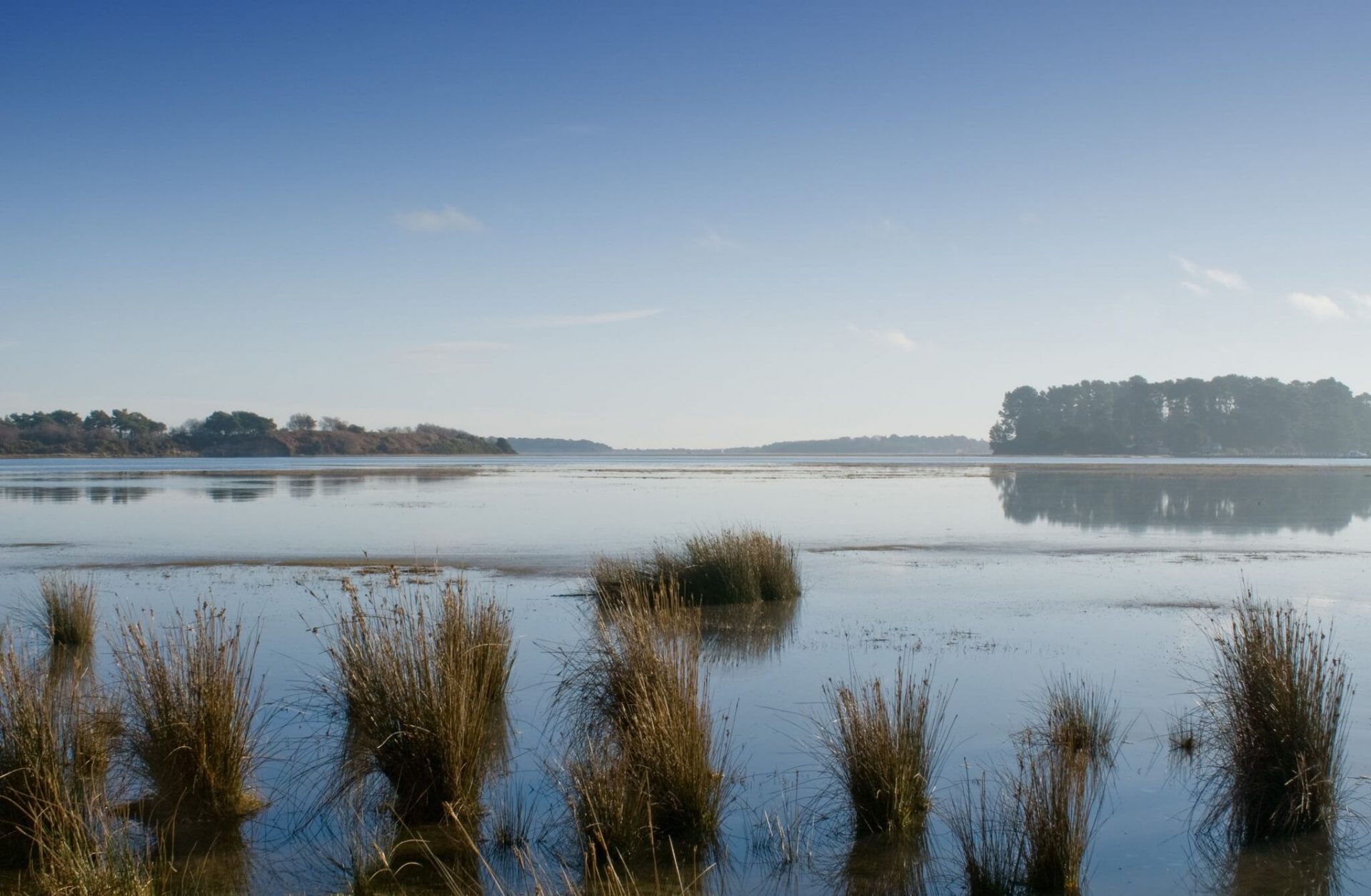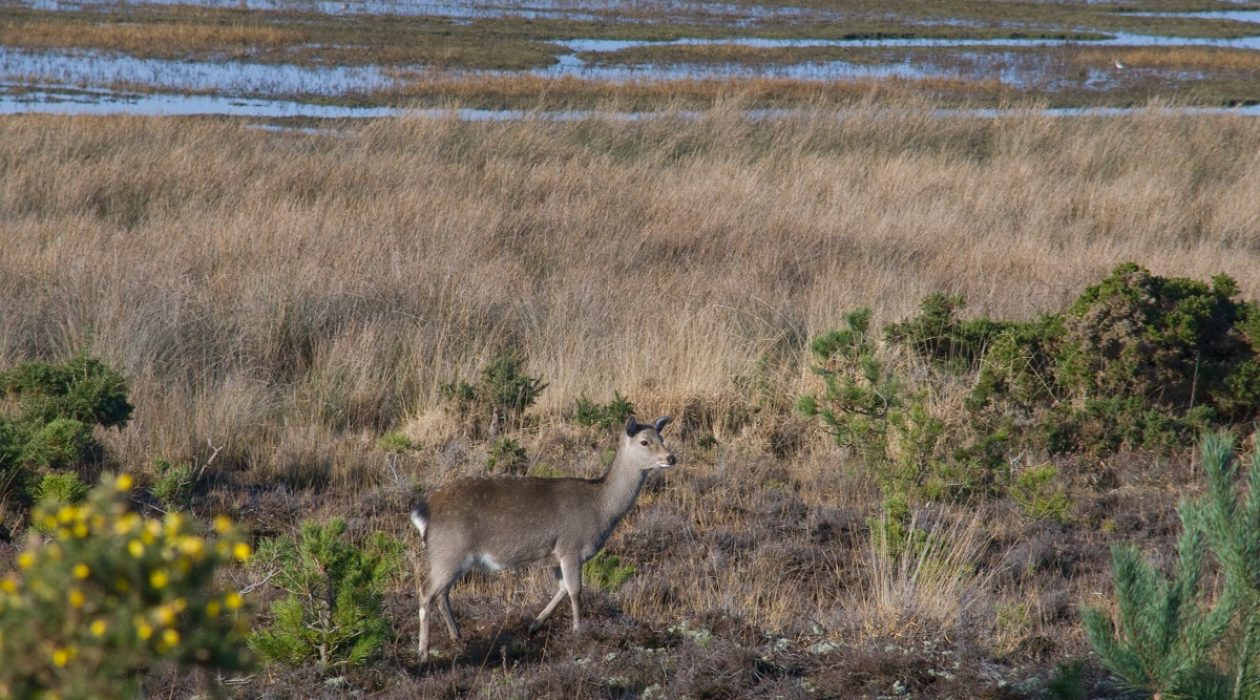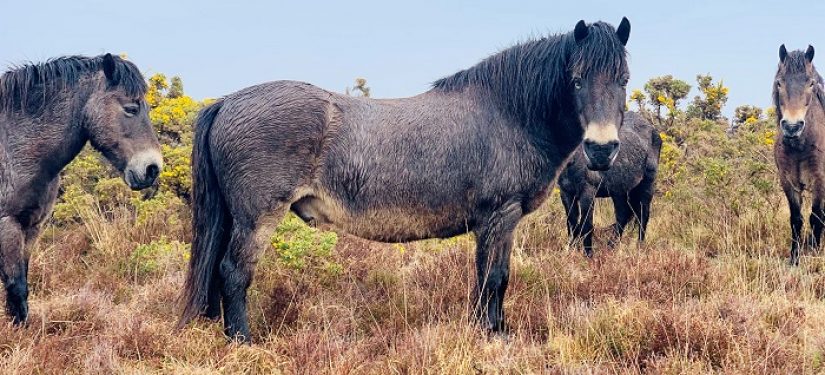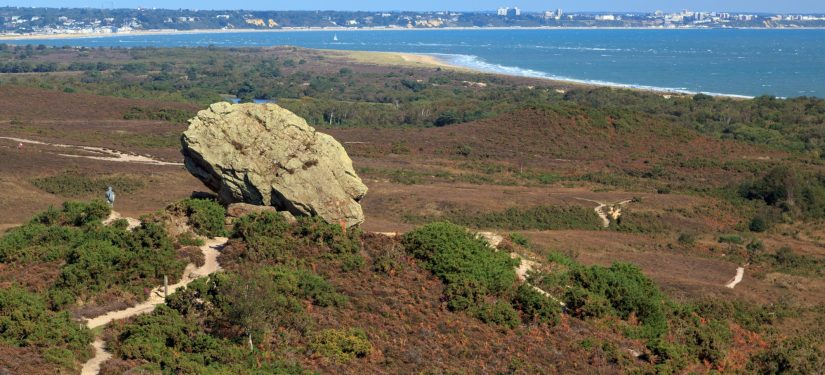Biodiversity is a fundamental element of natural beauty. Dorset National Landscape’s wealth of wildlife, from the common and widespread to the globally rare, is one of the outstanding qualities that underpin its designation.
Dorset is particularly rich in some habitats and species. For example, lowland heathland and the characteristic species associated with it form a recognisable landscape across southern England, but in Dorset there is a concentration of species such as sand lizards and smooth snakes that do not occur in such numbers anywhere else in the country.




